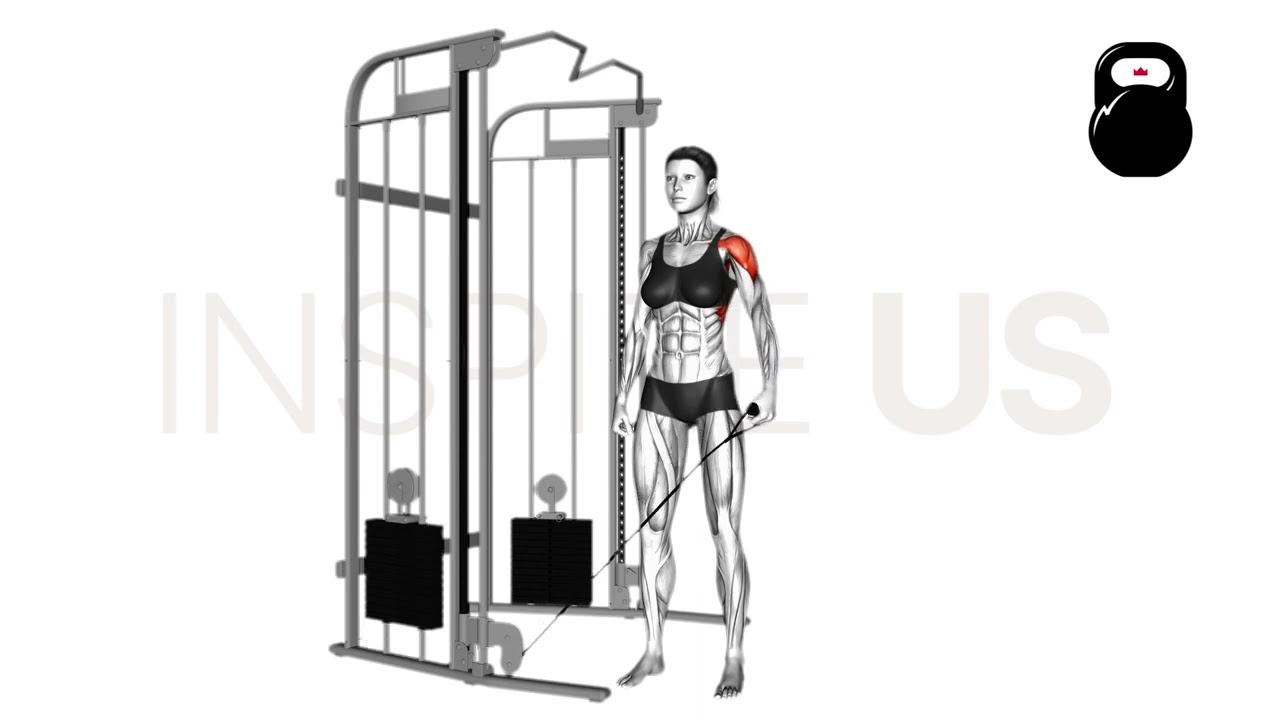Single Arm Cable Lateral Raises: Benefits, Muscles Worked, and More
Despite its rather lengthy name, doing single arm cable lateral raises is actually quite simple - and inarguably effective for targeting the medial head of the deltoid muscles.
What is the Single Arm Cable Lateral Raise?
Otherwise known as the crossbody cable lateral raise, this particular machine-based isolation exercise is most often performed as an accessory movement for inducing hypertrophy in the deltoid muscles.
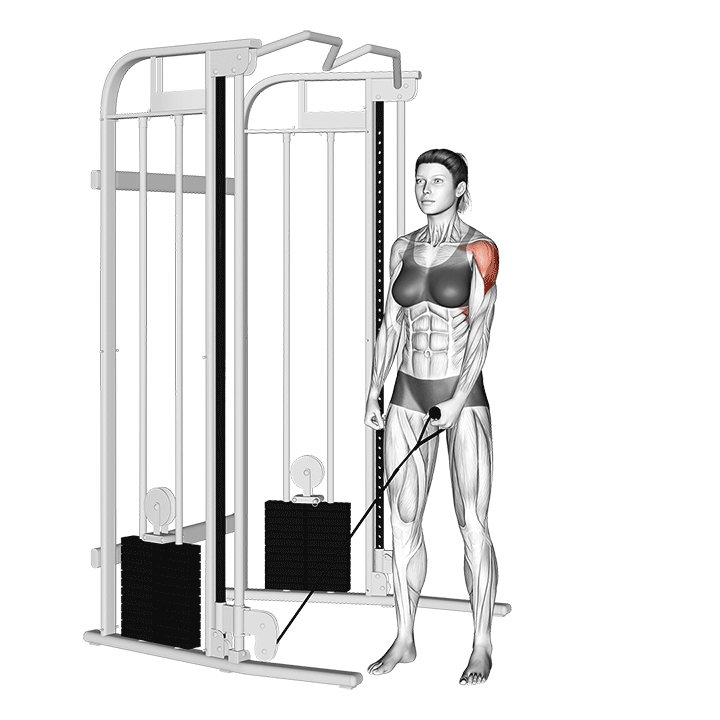
Because of its low-impact nature, relatively easy form and large range of motion, this exercise should be programmed as an accessory movement near the end of the workout session. Doing so will allow for optimal training volume to be reached without fatigue becoming a limiting factor in other exercises.
Apart from an adjustable cable machine, performing single arm lateral raises will also require either a “D” handle or a wrist wrap attachment.
Is this Exercise Right for You?
The single arm cable lateral raise is quite simple and unlikely to result in injury. As such, practically any healthy individual can perform it, regardless of experience or training level.
However, like other forms of lateral raise, a risk of shoulder impingement is nonetheless present. Those with a history or susceptibility to injuries of the scapula, shoulder joint or the shoulder muscles themselves should avoid performing this movement.
How to do Cable One Arm Lateral Raises
To perform a repetition of the cable one arm lateral raise, the lifter will first adjust the pulley as low as it can be, attaching a single-grip handle to it.
Adopting a balanced stance with the non-working side facing the cable pulley, the lifter will bend over and grip the handle so that it is resting at the front of their hips or quads.
Squaring the shoulders, pushing the chest out and ensuring the head is facing forwards, the lifter then squeezes their working deltoid muscle and raises their hand out to the side, arm fully extended.
This should cross the cable over the front of their body, ending with the upper arm just shy of parallel with its shoulder.
Once the apex of the movement has been reached, the lifter then slowly reverses the motion, allowing the cable to rotate their arm back to a neutral position at the side of their torso. At this point, the repetition is considered complete.
Ensure that the elbow remains straight throughout the movement, but that the arm is not raised at a higher elevation than the shoulder so as to avoid increasing the risk of injury.
Remember to perform the exercise with both sides of the body so as to avoid a muscular imbalance.
What Muscles are Worked by Single Arm Cable Lateral Raises?
The cable lateral raise (regardless of whether single or the bilateral variant) is an isolation exercise.
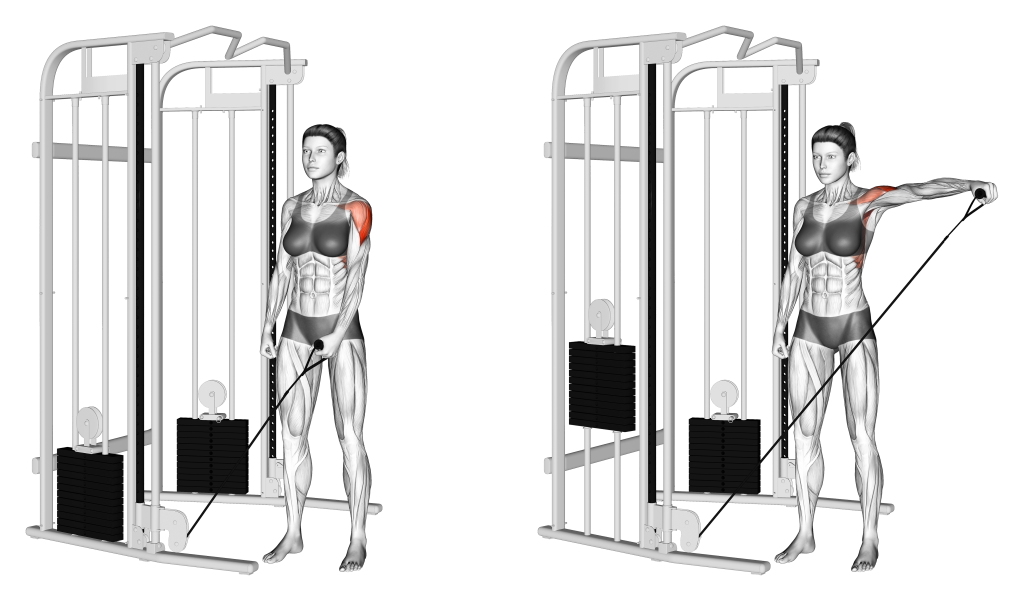
This means that it only truly targets a single muscle group - that, of course, being the deltoid muscles that make up the shoulders.
In particular, it is the medial head of the deltoids that is worked to the greatest extent, with the anterior deltoids acting in a secondary capacity and the posterior deltoids largely remaining stationary.
What are the Benefits of Doing Single Arm Cable Lateral Raises??
When performed correctly, single arm cable lateral raises offer the following benefits.
Excellent for Isolating the Middle Delts
The lateral raise is most often performed for targeting the medial deltoids - of which are possibly the most under trained head of the three deltoid muscles, as they are primarily responsible for arm abduction.
Cable lateral raises allow for better isolation of this deltoid head as the arm is raised straight out to the side, reducing the involvement of the anterior and posterior sections so that the medial head may be worked to the fullest extent.
For the best results, aim to slow down the eccentric phase of the movement and ensure that the body is positioned parallel to the pulley for greater arm abduction.
Reinforces Arm Abduction Biomechanic
As mentioned in the previous section, the medial deltoid head is primarily responsible for raising the arm away from the midline of the body. This is otherwise known as arm abduction, and is used in a variety of physical activities ranging from dribbling a basketball to carrying the groceries.
Not only do cable lateral raises strengthen the muscle partially responsible for arm abduction, but it does so in a full range of motion - allowing for a smoother execution of the biomechanic and greater neuromuscular control over it.
Helps Develop the Appearance of “3-D” Deltoids
The term “3-D deltoids” refers to the appearance of well-rounded and muscular shoulders when viewed from all angles. Bodybuilders and fitness models seek out this feature in their physique as it is considered to be more aesthetically pleasing and symmetrical.
Single arm cable lateral raises help achieve this three-dimensional look to the deltoids by targeting the medial heads, creating a more muscular and balanced appearance when viewed from the side.
Of course, ensure that the anterior and posterior head of the deltoids are also being worked alongside the medial deltoids. Try combining the cable lateral raise with rear delt flys and front raises - both of which isolate these heads to a greater degree.
Simple, Accessible and Low Impact
Like all other forms of lateral raise, the single arm cable variation is incredibly simple, easy to learn, and requires no significant mobility or technical expertise. Furthermore, making use of a cable machine means that even less strain on the joints of the body is present.
All these aspects combine to form an exercise that is accessible to practically all healthy individuals, regardless of how long they’ve been engaging in resistance training.
Excellent as Accessory Movement in Push/Upper Body Workouts
The previous entry in this list of benefits further describes the type of exercise that is perfect as an accessory movement; simple, isolating and compatible with high volume sets.
As such, the single arm cable lateral raise can be seamlessly integrated into a variety of different upper body workout sessions, provided that it is programmed correctly and placed near the end of the workout.
Common One Arm Cable Lateral Raise Mistakes
Although this particular form of lateral raise is especially safe, avoid the following highly common mistakes in order to truly work your delts.
Insufficient Range of Motion
In order to target the medial deltoids to the greatest degree, achieving a full range of motion is absolutely needed.
Aim to begin each repetition with the arm parallel to the side of the torso, following a slow and controlled movement as it is raised up to just shy of shoulder level at the apex of the movement. This will allow the medial deltoids to be fully contracted and ensure a sufficient length of time under tension is achieved.
An insufficient range of motion can create sticking points, muscular imbalances and lead to just generally poor development overall.
Raising the Arm too High
On the opposite side of an insufficient range of motion, avoid over-abducting the arm and raising it above parallel to the shoulder itself. This will partially shift the muscular recruitment to the trapezius muscles, as well as greatly increase the risk of shoulder injuries like impingement or irritation of the labrum.
We advise lifters to perform the movement while facing a mirror, as this will allow them to gauge when they’ve reached the apex of the repetition and should transition to the eccentric phase.
Jutting the Head Forwards
Although not as dangerous as excessive arm abduction, avoid extending the neck forwards or otherwise moving the head as the lateral raise is performed. Doing so can generate excess momentum that makes the exercise less effective, and create strain throughout the upper back and shoulders.
Aim to keep the head aligned immediately over the neck with the eyes locked on a point several feet away - avoiding any movement as the repetition is performed.
Fully Locking Out the Elbows
While cable lateral raises should indeed be performed with the elbows somewhat straightened, avoid fully locking them out as this can create strain throughout the entire arm and shoulder. Aim to keep a mild bend in the elbow so as to more evenly distribute force and reduce the risk of injury.
Excessively Rapid Tempo
The single arm cable lateral raise is a machine-based isolation exercise meant to induce muscular hypertrophy.
Unlike explosive movements like the push press or medicine ball slam, having these characteristics calls for a slow tempo that elongates the eccentric phase of the movement.
Performing lateral raises at too rapid a tempo will not only reduce its effectiveness as an exercise, but also subject the shoulder joint to torsion and other forms of unneeded force - thereby resulting in a greater risk of injury, both acute and chronic.
Bending the Torso to the Side or Forwards
Finally, one major mistake that should also be avoided is bending the torso in any direction.
Bending forwards can cause the exercise to shift more towards the posterior deltoid and upper back muscles, whereas bending to the side will create a disadvantageous position for the shoulders and make the movement more difficult.
While performing single arm cable lateral raises, lightly brace the core and ensure that the head remains facing forwards throughout the set. For the most part, this should eliminate any risk of bending.
However, if you continue to unconsciously move your torso while performing lateral raises, try performing the seated variation instead.
Alternatives and Variations of the Cable Lateral Raise
Exercise not quite what you need? Try the following alternatives out - all of which target another section of the deltoids from a different angle.
Cable Seated Rear Lateral Raises
With a similarly lengthy name, the cable seated rear lateral raise involves the lifter sitting while facing away from the cable pulley and performing a lateral raise in a similar manner.
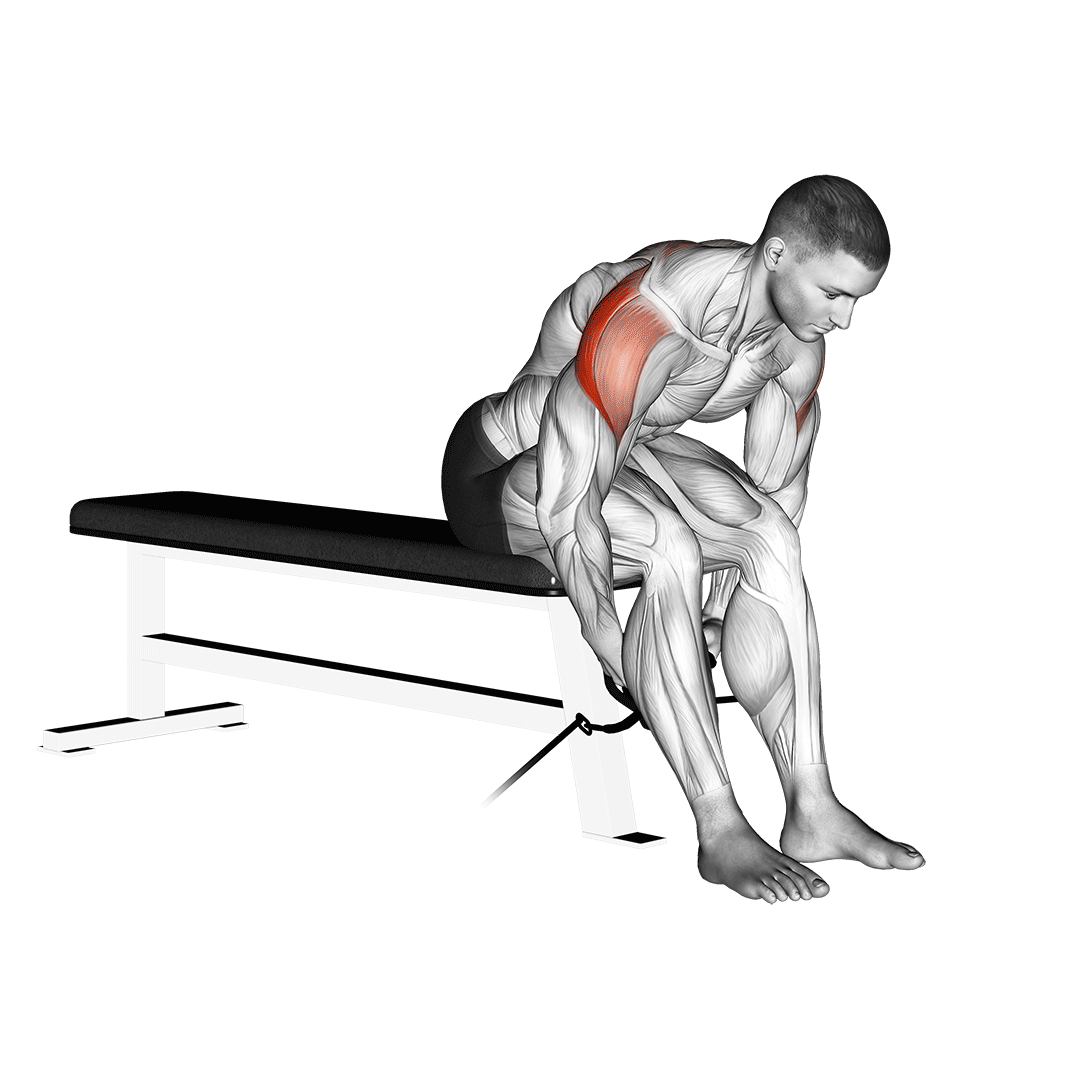
This particular cable raise variation reduces any risk of injury and makes “cheating” the repetition more difficult - while also allowing for greater emphasis on the posterior head of the deltoids to be targeted.
Substitute the standing single arm variation with this one if you wish to target the back of the shoulders more, or if you find yourself moving your torso unconsciously.
Plate Front Raises
Plate front raises are a compound free weight exercise that target (among other muscles) the anterior deltoid heads. Unlike cable lateral raises, this allows the lifter to build the front of their shoulders to a greater degree, favoring the anterior head over the medial and posterior heads.

Furthermore, greater isometric contraction will be demanded of the deltoids as the self-stabilizing cable machine is traded in for a weight plate.
Use plate front raises as a cable lateral raise alternative if you wish to include the pectoral muscles in your accessory training, need to emphasize the anterior deltoids more or otherwise perform a more functional movement.
W Raises
W raises are a variation of lateral raise where the elbows remain bent at an approximate 90 degree angle as a front raise is performed - forming a “W” shape with the arms.
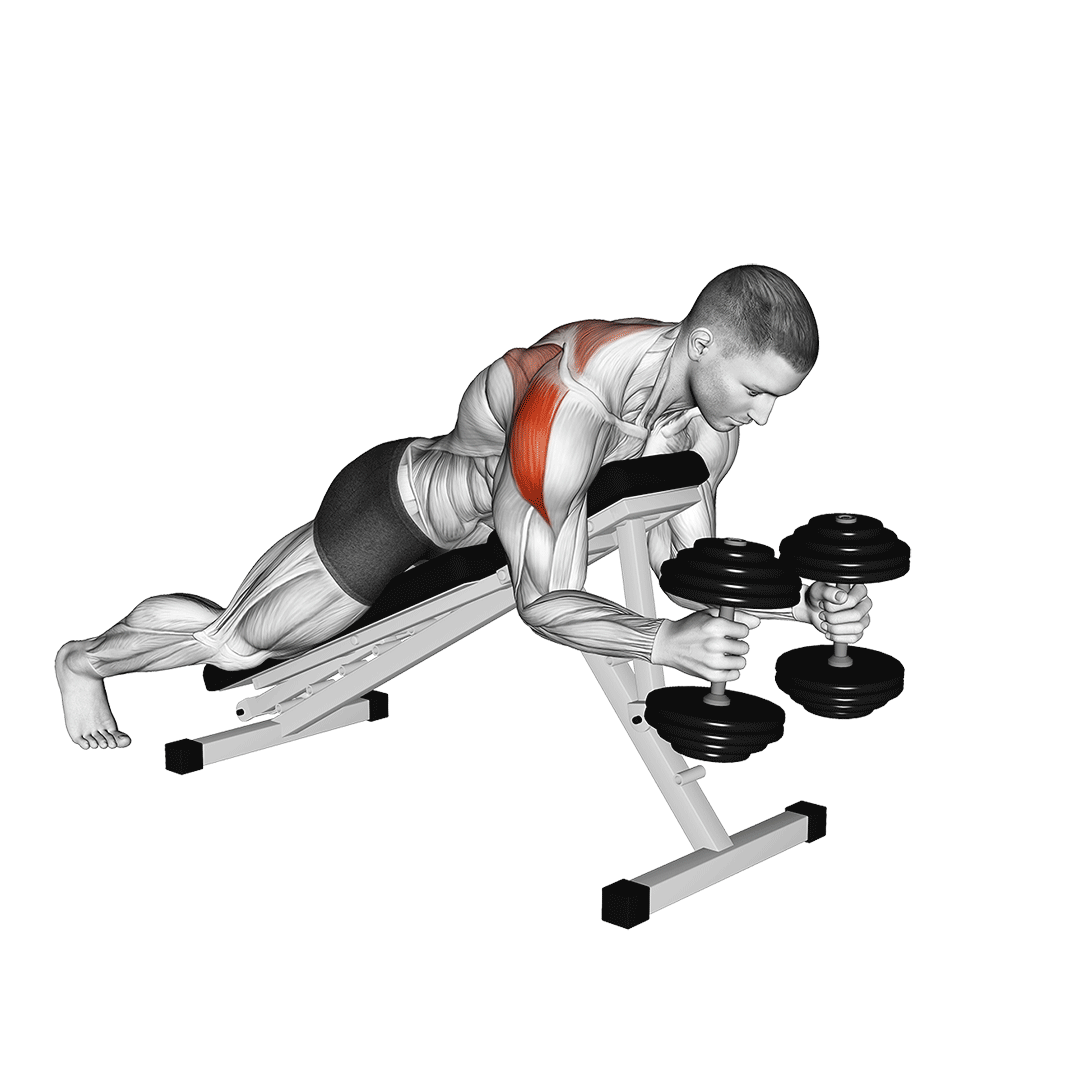
W raises diffuse tension from the elbow joint and contracts the anterior deltoids to a greater degree - all while allowing for slightly greater amounts of weight to be lifted than with regular straight arm raises.
The W raise is perfect as a cable lateral raise alternative for lifters that need to target the anterior deltoids more, have trouble with abducting the arm in a state of extension or wish to include the trapezius as a mobilizer muscle.
Frequently Asked Questions (FAQ)
What Type of Lateral Raise is Best?
For general muscular development evenly distributed across all three deltoid heads, conventional lateral raises will be your best bet.
However, if you have a muscular imbalance of the deltoid heads or a specific goal in mind, movements like the single arm cable lateral raise or rear delt flys may be a better choice. As always, the “best” exercise will depend on the specific context of the lifter and their program.
Are Lateral Raises and Delt Flys the Same?
Yes - so long as it is specifically a “delt fly” and not a rear delt fly. Rear delt flys are a separate exercise that, while similar, emphasize the posterior deltoid head over the medial deltoid head.
Are Cable Lateral Raises Necessary?
Not at all.
Lateral raises are an accessory isolation movement primarily targeted at the medial head of the deltoids. The sort of muscular development and range of recruitment that the lateral raise exhibits can easily be replicated by larger scale compound movements like the overhead press or bench press.
References
1. Coratella G, Tornatore G, Longo S, Esposito F, Cè E. An Electromyographic Analysis of Lateral Raise Variations and Frontal Raise in Competitive Bodybuilders. Int J Environ Res Public Health. 2020 Aug 19;17(17):6015. doi: 10.3390/ijerph17176015. PMID: 32824894; PMCID: PMC7503819.
2. Campos YAC, Vianna JM, Guimarães MP, Oliveira JLD, Hernández-Mosqueira C, da Silva SF, Marchetti PH. Different Shoulder Exercises Affect the Activation of Deltoid Portions in Resistance-Trained Individuals. J Hum Kinet. 2020 Oct 31;75:5-14. doi: 10.2478/hukin-2020-0033. PMID: 33312291; PMCID: PMC7706677.

